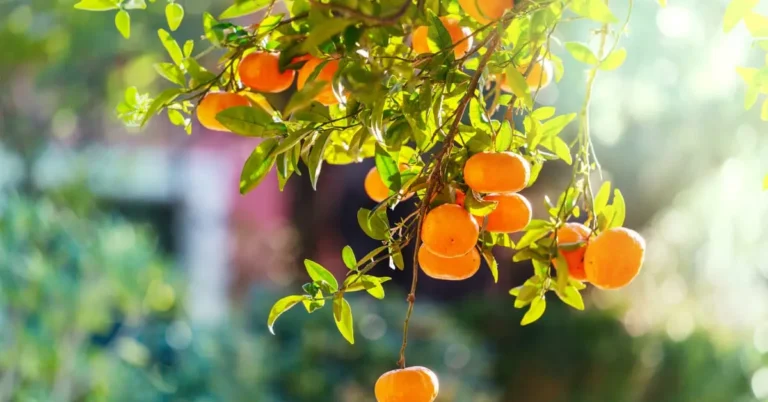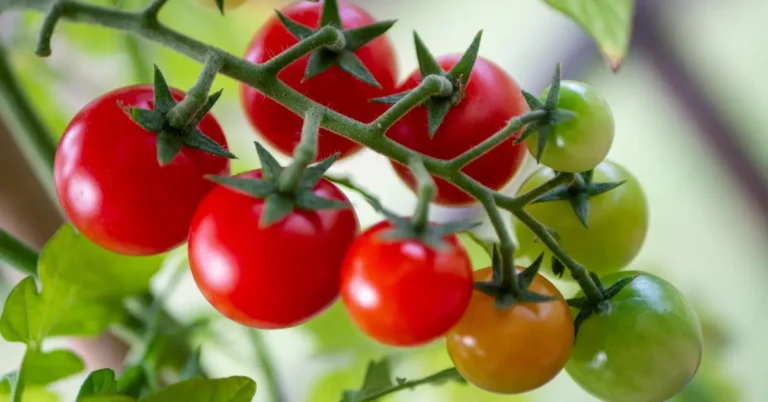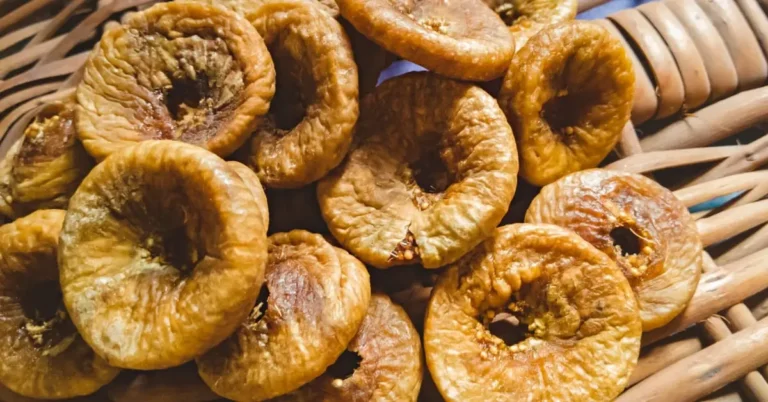Popular Fruits That Start with P
When it comes to fruits, we can find countless varieties from all around the world. From the classic apples and bananas to the exotic durian and dragon fruit, each fruit has unique taste, texture, and health benefits. Ready your taste buds for the juicy, succulent world of fruits that start with P?
10 Fruits That Start With P:
Here is a list of fruits that start with P, their unique features, and their health benefits.
1. Papaya
Let’s start our list with one of the most beloved tropical fruits – papaya. This fruit is native to central and northern South America and is now cultivated in many tropical and subtropical regions. Papaya has an oblong shape; its flesh is sweet, juicy, and typically orange or pink. It is loaded with vitamins A, C, and folate, making it an excellent fruit for boosting immunity.

2. Passion Fruit
Passion fruit, also known as “maracuja” in Spanish, is a tropical fruit highly prized for its tangy flavor. Native to South America, this fruit has hard, wrinkled skin and a juicy, seedy interior. It is a rich source of vitamins A and C and is known for its antioxidant properties. Passion fruit is also used in various desserts and drinks, adding a unique and refreshing taste.
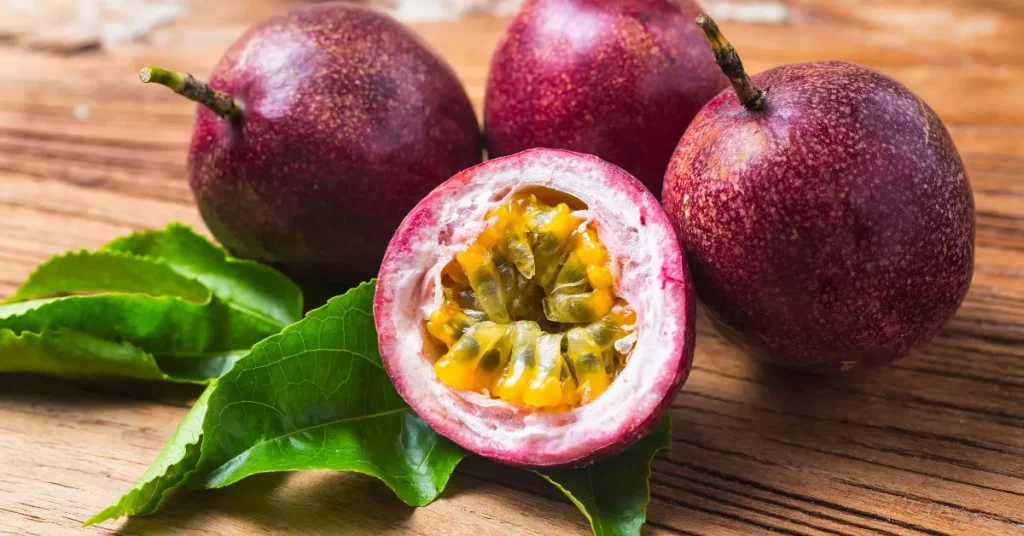
3. Pear
Pears are a popular fruit cultivated in many temperate regions of the world. They have a distinctive pear shape, green or yellow skin, and soft, juicy flesh. Pears are a good source of dietary fiber and vitamins C and K. The fruit is often eaten raw, but it is also used in salads, pies, and even as a topping for pizzas.
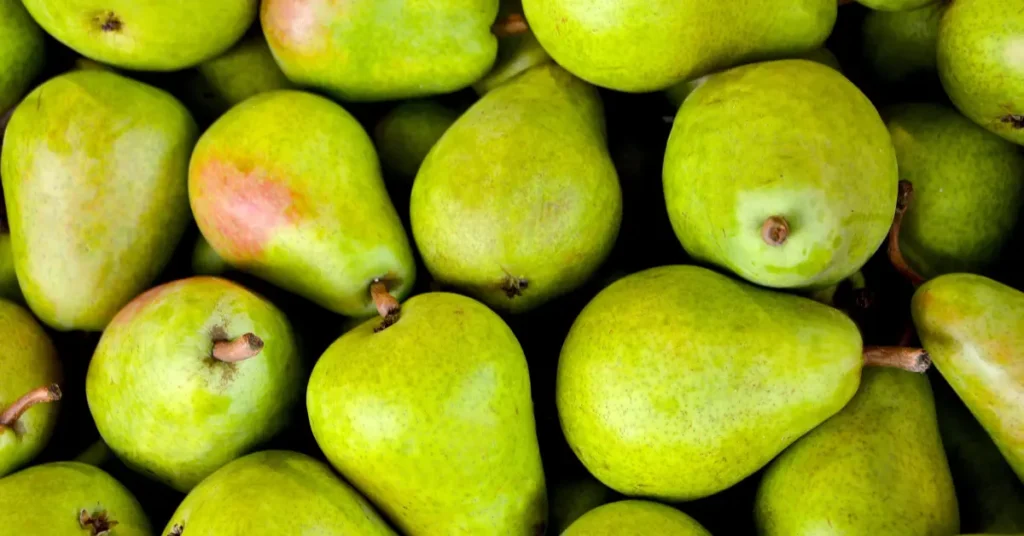
4. Persimmon
Persimmons are a type of orange-colored fruit native to China and Japan. This fruit has a unique sweet and tangy flavor, which makes it a popular ingredient in desserts and jams. There are two types of persimmons – the “Hachiya” variety, the sweeter type, and the “Fuyu” variety, which is less sweet and can be eaten when it is firm.
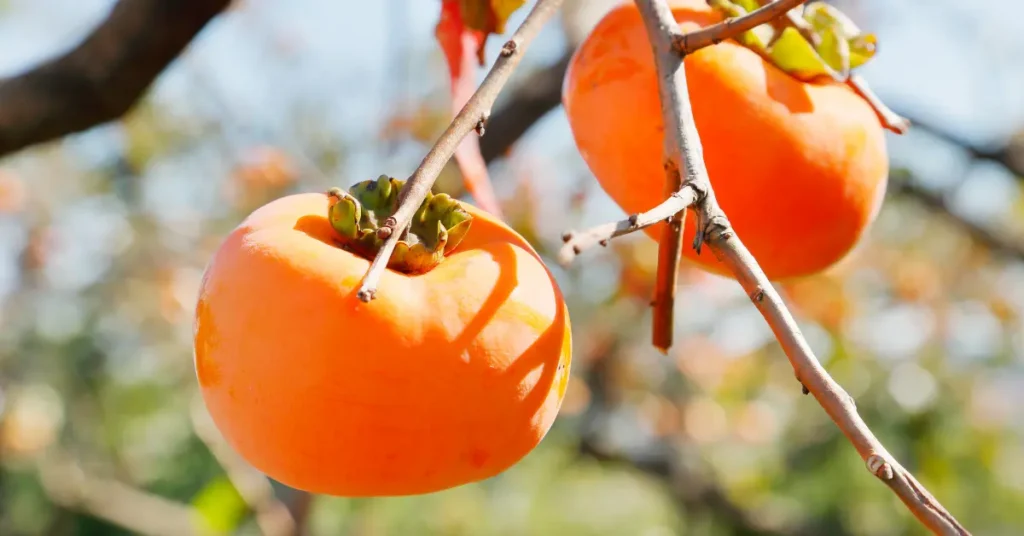
5. Peach
Peaches are a juicy, sweet, and fuzzy fruit widely cultivated in temperate regions worldwide. They have a round shape and soft, velvety skin ranging from yellow to reddish-orange. Peaches are an excellent source of vitamins A and C and are known for their antioxidant properties. They are often eaten fresh but can also be used in desserts, jams, and smoothies.
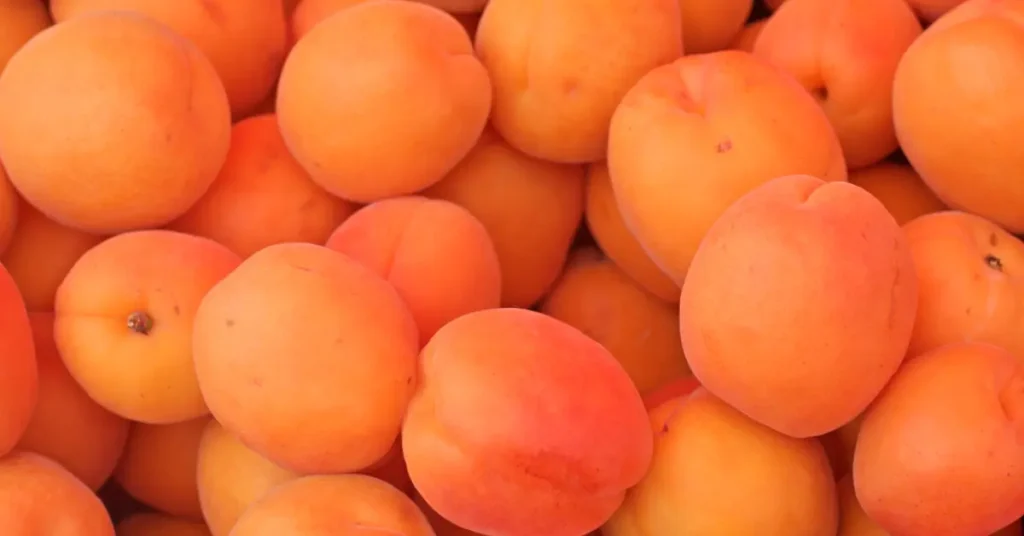
6. Pineapple
Pineapple is a tropical fruit known for its sweet, tangy flavor and spiny exterior. This fruit is native to South America but is now widely cultivated in many tropical regions worldwide. Pineapple is an excellent source of vitamins C and B6 and is also rich in antioxidants. It is commonly eaten fresh but can also be used in juices, salads, and desserts.
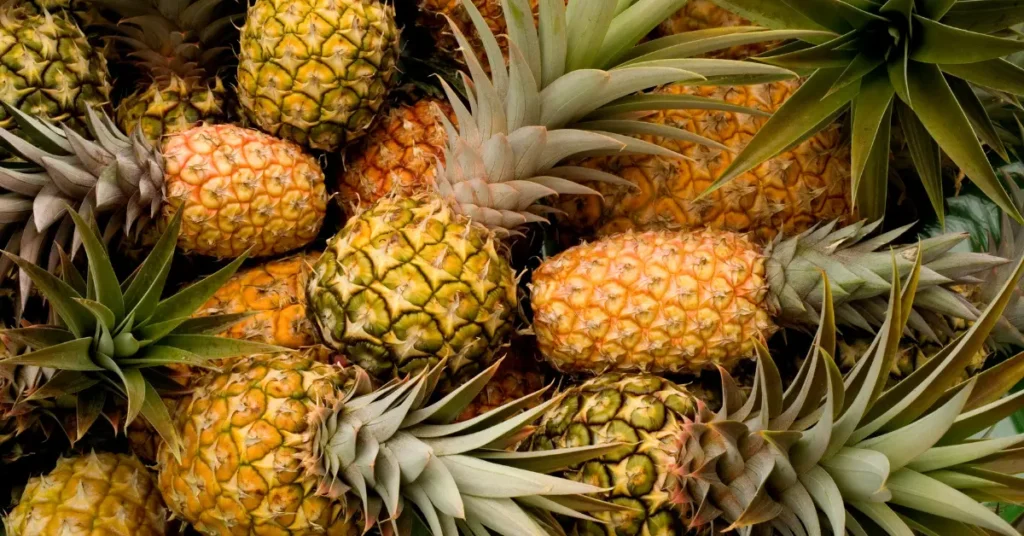
7. Plum
Plums are a juicy and delicious fruit native to Europe, Asia, and North America. They have a round shape and smooth skin ranging from red to purple. Plums are a good source of vitamins C and K and contain minerals such as magnesium, potassium, and iron. They are often eaten fresh but can also be used in jams, sauces, and pies.

8. Prickly Pear
Prickly Pear, also known as “cactus fruit,” is a fruit that comes from a type of cactus plant. It is native to the Americas but is now grown in many parts of the world. This fruit has bright red or purple skin and a juicy, seedy interior. Prickly pear is a rich source of vitamin C and has anti-inflammatory properties. It is often used in juices, jams, and sauces.

9. Pomegranate
Pomegranate is a round, red fruit with a thick, leathery skin. It is native to the Middle East and is now commonly cultivated in many parts of the world. Pomegranates are known for their sweet, juicy seeds, called arils, and their tart flavor. This fruit is an excellent source of vitamins C and K and is also rich in antioxidants. Pomegranate juice is also known for its various health benefits.
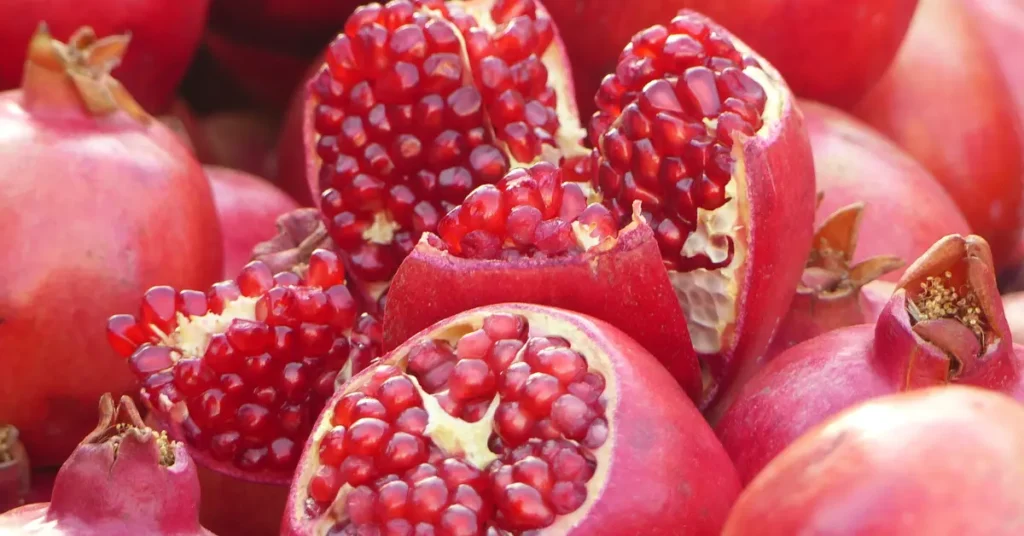
10. Prune
Prunes are dried plums known for their wrinkled appearance and distinctive sweet taste. They are a good source of dietary fiber, vitamins A and K, and potassium. Prunes are often used in baking and can be eaten as a healthy snack. They are also known for their laxative properties and are commonly used to aid digestion.

Conclusion
Fruits that start with P offer various flavors, textures, and health benefits. From the sweet and succulent pear to the tangy and aromatic passion fruit, each fruit has unique qualities that can be enjoyed in various ways. So, the next time you are looking for a nutritious and delicious snack, try one of these fruits that start with P.
FAQs
1. Are all pomegranate seeds edible?
The juicy red seeds inside a pomegranate are edible and packed with nutrients. However, do not consume the white, woody membrane surrounding the seeds, as it is not edible.
2. Are there any side effects of consuming too many prunes?
Prunes contain sorbitol, a natural laxative, which can cause gastrointestinal discomfort if consumed in large quantities. It is recommended to limit the intake of prunes to about 6 to 8 per day.
3. Can papaya seeds be eaten?
Yes, papaya seeds are edible but have a bitter taste. They are often used in traditional medicine for numerous health benefits, such as improving digestion and boosting immunity.
4. How do you know when a pear is ripe?
Pears are ripe when they are slightly soft and have a sweet aroma. You can also check for ripeness by gently pressing the neck of the pear with your fingers. If it yields to pressure, it is ripe and ready to eat.
5. Is it safe to eat prickly pear cactus fruit?
Yes, prickly pear fruit is safe to eat if you remove the spines and thoroughly wash them before consuming. It is best to wear gloves while harvesting and handling the fruit to avoid getting pricked by the spines.


